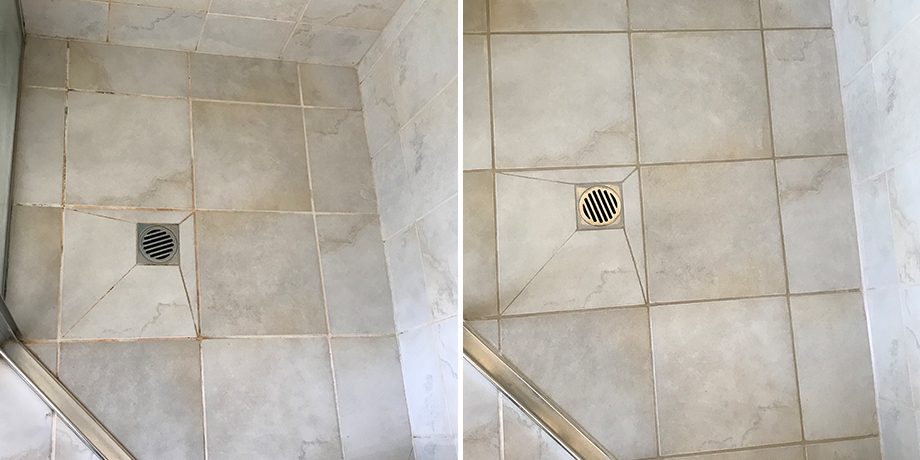What're your opinions regarding How to Fix a Water Damage Bathroom?

The restroom is extremely susceptible for moist buildup and also possible water damages because of the frequent use of water in it. This write-up uses basic evaluation techniques to aid identifying water damages threats.
The constant use water in the restroom makes it extremely prone for damp build-up and potential water damage. By evaluating it consistently, you can lower water relevant damages.
The adhering to collection of assessments is easy to execute and also must be done when in every three months in order to keep your washroom healthy as well as to prevent prospective water damages caused by the bath tub, the shower, pipeline joints as well as plumbing, sinks, cabinets, and also the bathroom
Do not overlook performing these inspections and also be complete while doing them. Bear in mind that these easy inspections can conserve you a lot of cash by supplying early signs for water damages
Bathtub and also Shower
The shower as well as bathtub call for unique interest and upkeep. Inspect the tiles and also replace if cracked. Make certain that there is no missing cement between the tiles. Check and change broken caulking at joints where the walls satisfy the floor or the bath tub. Clogged drains pipes as well as pipelines issues will certainly avoid the bath tub from drying as well as may suggest serious troubles beneath the bath tub. Speak with a specialist instantly to avoid architectural damage. Take notice of stainings or soft areas around the bath tub walls as they might indicate an interior leak.
Plumbing
Signs for water damage are tough to spot considering that the majority of pipes are mounted inside the walls.
Pay special interest to floor covering and wall surfaces dampness as well as discolorations as they may suggest an unseen plumbing problem. Inspect dampness levels in adjoining spaces too.
Sinks and Cabinets
Sinks as well as closets are exposed to wetness and also humidity everyday and also are often neglected. Examine consistently under the sink as well as on the kitchen counter above it. Repair any type of drip in the catch as it may suggest drain troubles. Look around the sink, slow draining pipes might show an obstructed drainpipe. Replace sink seals if they are broken or loosened.
The Toilet
The commode is a susceptible water junction. Inspect the water lines and also look for leaks around the toilet seat, in the hose, as well as under the water storage tank. If you find any kind of indications of wetness on the flooring around the commode, look for leakages in the toilet rim and tank seals.
Realize that hanging toilet bowl deodorants enhances the possibilities for blockages.
Water Damage Signs In The Bathroom To Avoid Cleanup
Musty smell
This is one of the easiest signs to catch because musty smells are so odorous. The damp, earthy, moldy smell should be a big red flag. The smell will develop when moisture gets trapped in surfaces, and begins to facilitate mold growth. Leaking pipes under cabinets, inside walls, and behind shower fixtures will cause moisture to stay trapped and not dry, which will lead to mold growth and spread. As soon as you notice any musty smells in your bathroom, have it checked for hidden water damage and cleanup signs.
Visible mold
If the smell isn’t there to give it away, sometimes you will actually see mold growth. Finding mold in your bathroom is a serious problem, because mold is very harmful to your health. By the time mold growth is visible, it also means that water damage has already occurred and been present for some time. The only way the mold problem can be resolved is to find the source of the moisture and get it stopped. To safely and adequately remove mold, you need to have professionals handle the remediation. Do not waste any time in getting mold problems addressed, fixed, and sanitized so that you can protect you and your family from the many respiratory symptoms caused by mold exposure.
Damaged floors
Bathroom floors should be able to withstand some exposure to water while still remaining in good condition. However, when excess exposure or water leaks occur, they will begin to damage even the most water-resistant flooring. If you notice any cracking, bubbling, staining, or warping on your bathroom floors, there is probably a water leak somewhere causing the distortion. If you notice areas of the floor have become softer, or even have a spongy feeling, there is probably damage to the subfloor. Subflooring is typically made up of plywood. When plywood is exposed to water or moisture, it will absorb it. Once it has become saturated, the weight of the excess water will cause the wood to swell and soften. Check the floors in your bathroom frequently to catch any of these sings before they lead to damaged subflooring.
Changes on walls
When water leaks behind walls, it will cause changes in the drywall. Peeling plaster, blistering paint, and soggy wallpaper are all good indicators that excess water is building up behind the wall. Water leaking behind drywall will cause it to swell and be soft to the tough. If you start to notice gaps along the trim of your walls, or where tile meets the wall, it could also be a strong indicator that there is a leak behind the wall. Any changes, distortion, or damage on the walls should be evaluated as soon as you notice it to prevent further water damage and cleanup.

As a fervent reader about Common Causes of Water Damage in a Bathroom, I figured sharing that post was essential. Sharing is nice. One never knows, you will be helping someone out. Bless you for your time. Please check our site back soon.
Click Here!
Comments on “Looking for Indicators of Water Damage in the Bathroom”